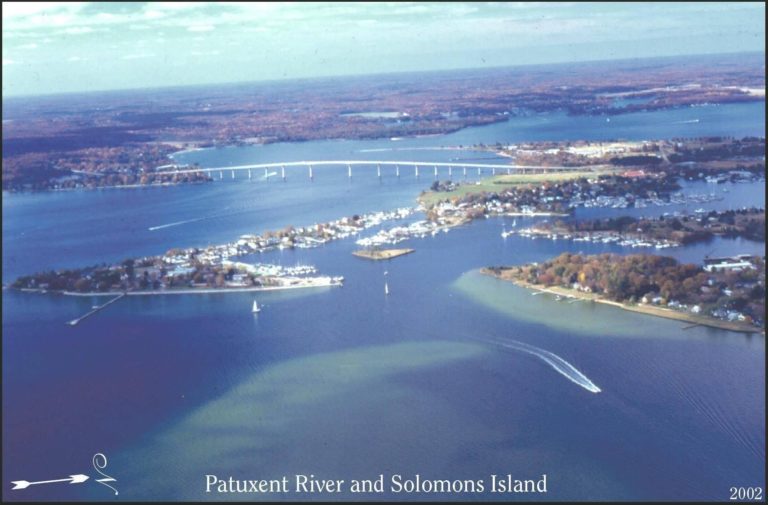Friends of Mill Creek
A Watershed Stewardship Group

Who we are
The Friends of Mill Creek is a group of individuals advocating for practices that ensure the health and sustainability of our waterways. Partnering with ACLT, we network with similar groups, combining resources to collaborate and support the achievement of shared goals. The Friends of Mill Creek will host events, disseminate information, and recruit diverse and wide-spread community involvement, creating opportunities to build appreciation for the natural resources surrounding us.
Mission
We strive to be action-oriented and inclusive, engaging broad community support from residents, landowners, watermen, business owners, and developers in being stewards of our natural resources. We will focus on science, be informed by data, and act on results. We will accomplish this work while honoring the rich history of our watershed region and being diligent in protecting its future.
Vision
We envision a future where current residents and future generations accept personal responsibility to act as individual leaders in the stewardship of our watershed in order to maintain a fishable, swimmable marine ecosystem.
New! 2023 Water Quality Report
One of main facets of the Friends of Mill Creek mission is to “focus on science, be informed by data, and act on results.” In fulfillment of this mission, our Friends completed their second year of water quality testing of Mill Creek through the Southern Maryland Conservation Alliance’s 2023 Water Quality Blitz. Read the full report below.